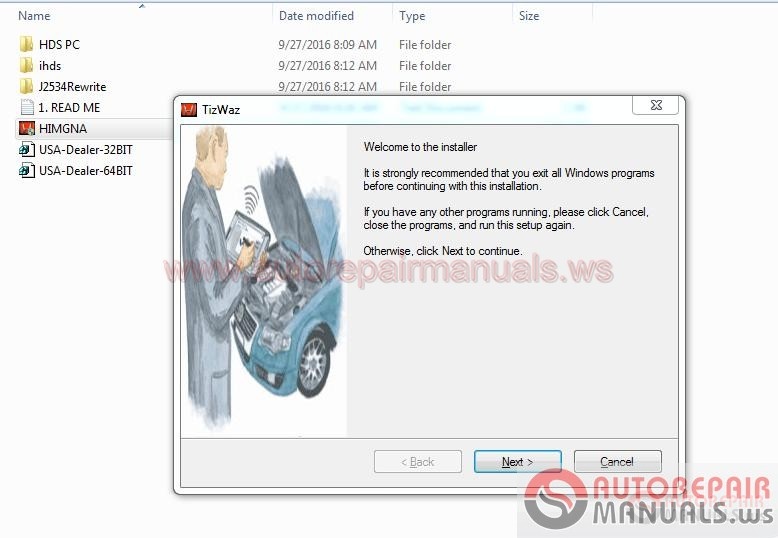
They knew factory scan tools were the future.

Learning from mobile techsĭiagnostic mobile techs saw the handwriting on the wall several years ago and began investing in factory scan tools for both programming electronic modules and performing diagnostics. So how do all these legal and business details affect you in your service bay? Simply put: You can now access the same service manuals, diagnostic tools, and module programming software that your colleagues in the OEM dealerships have access to. All the OEMs (except Tesla) signed a nearly identical voluntary agreement called the Memorandum of Understanding (MOU). After R2R went into effect in Massachusetts, automakers were more inclined to make a one size fits all for the rest of the country. Before this law being set into motion, OEMs could pick and choose the level of information and diagnostic tool access independents could access. When the state of Massachusetts Right to Repair Initiative (R2R) was signed into law in 2013, the stage was set for automakers to better cooperate with the independent repair shop sector. Right to Repair (R2R) Acts and Memorandum of Understanding (MOU) On the other hand, don't be contained within the confines of aftermarket tools if you intend to keep the most complex diagnostic jobs in-house.



Keep the one you have up-to-date and add another scanner or two. To get started on the right foot, please don’t misunderstand my point: Aftermarket scan tools are great for most day-to-day scanning on a vast majority of jobs you encounter. If you've ever been burnt by an aftermarket scan tool that wouldn't communicate with the vehicle, said it would do a bi-directional control function (and then wouldn't) or failed to perform a relearn/initialization, this article is for you! Today we'll cover how to effectively (and economically) get into the world of factory scan tools that will empower your repair shop to perform diagnostics just like the OEM dealer.


 0 kommentar(er)
0 kommentar(er)
